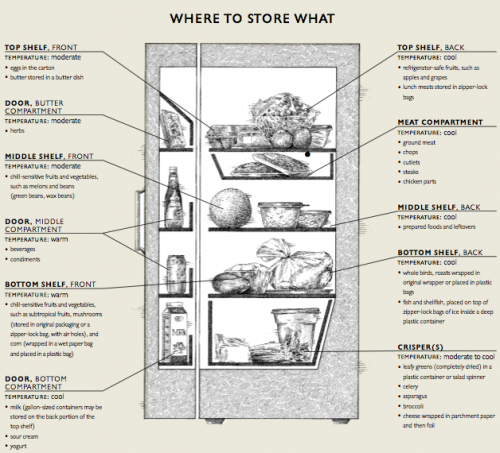I was really excited about this year’s Grassroot’s Use of Technology Conference because I had submitted and had accepted a great proposal entitled “Facebook to Phone Trees: Multi-Generational Outreach Strategies” that was to be co-presented with Angela Kelly of Mass Peace Action and Daniel Karp of International Physicians for the Prevention of Nuclear War (IPPNW). Unfortunately I was forced to call-off the session because I’ve been worked to the bone at my daytime job and ended up running out of preparation time.
So, despite the session’s ultimate non-existance, I thought it might be valuable to post my notes for it here.
The impetus for the sessions came from some of my frustration with many technology initiatives that seek to tap into social networks like MySpace and Facebook. I often hear these initiatives couched in terms of “keeping up with the joneses” (or just tech-fetishism) rather than a measured communications strategy. Sometimes tried-and-true tools are overlooked or even forgotten. The goal of the session was to move people from thinking of the newness of a tool, to thinking of their audience (i.e. constitutents, donors or members) and what tools would most effectively reach them. We were really hoping to get an age diverse audience who would remember what things were like before the internet.
One of the strengths of the session a dialogue format in which, once the frame was set by a personal case study from Daniel, a group discussion facilitated by Angela would take place about different tools that were successfully (or not) used for specific audiences and situations, and then move into some small-groups to map out some personal strategies.
Of course, the dialogue didn’t happen, but Daniel’s case study was a quite interesting story of how (and how not) to go about integrating new social networking tools into a communications plan. To set the stage, the IPPNW is a large, distinguished (they received the Nobel Prize) and successful international organizing and advocacy organizing organization. The leadership had become concerned that a gap was developing between older members of the organization and younger medical students and new doctors who they wished to recruit and involve. Basically, the organization worried that they seemed too old and stuffy with their dead-tree newsletters and symposiums. To reach-out to these younger potential members, they instituted a large online social network campaign: MySpace, FaceBook, the whole-nine yards. And it was incredibly successful—they were recruiting hundreds of young people into the organization and creating a thriving online space. But then they had a problem….
The youthful online community was huge, but it wasn’t happy: they felt like they were being relegated to the sidelines. The online community felt that they had joined this legitimate and eminent organization, but they didn’t feel like they were really participating in it since they were only interacting with themselves in the walled-off online community. The older generation was still going about its activities offline—and it’s completely unrealistic to think you can get everyone online (says someone who works with people who print off their email). The online community hadn’t been integrated into the full scope of activities like submitting articles for the dead-tree newsletters or being invited to the symposiums. The wisdom, eminence and legitimacy of the organization still lay offline, and the online crowd hadn’t been invited.
From that experience and many others, we came up with the following advice:
-
Audience is Audiences: One size doesn’t usually fit all, and sometimes size isn’t the problem (for a shirt, maybe it’s color, fabric or style). Think of different ways to split up your audience—age, culture, values, tech-savvyness—and how it might affect your message or medium.
-
Avoid Interaction Silos: Don’t wall off different segments of your audience from one-another by virtue of the technology. If you have both a FaceBook Group, a MySpace page and a dead-paper newsletter, ask yourself: “Are we creating real opportunities for these different audiences to interact?”
-
Balance Aggregate Reach with Personal Impact: An email written in 5 minutes can reach 10,000 people. A 5 minute phone call can only reach 1, but it can have 10,000 times the impact of an email. When designing a communications strategy, make sure you’re looking at both.
-
Offer Genuine Participation: A thriving online community usually isn’t an outcome. Organize real-world actions and events and use the technology tools to communicate information about them. Have a dialogue online, but make sure to create opportunities for it to come to life.
-
Keep Humanity in Mind: Every audience has the same basic desires for success, recognition and advancement. Be innovative with technology, but never lose sight of the bottom line.
The original session submission (for posterity’s sake; I love the last line)—though in discussion the scope was narrowed:
Participants will bring their own knowledge and experiences to this open discussion of targeted communications strategies. How do generational differences affect the effectiveness of your messages, opportunities and appeals? We’ll discuss everything from Facebook to Phone Trees and PayPal to to Planned Giving.
